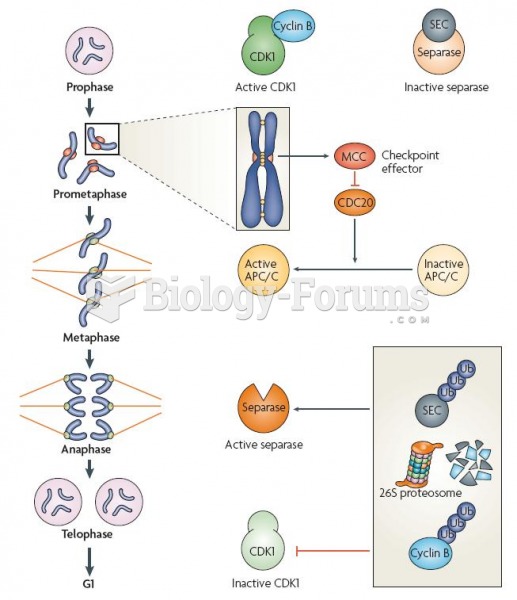Answer to Question 1
Deciding whether someone is dangerous to himself or herself or others is critical to the civil commitment process. The general population and media tend to assume that the mentally ill are more dangerous than they are, which can increase the risk of involuntary commitment. However, research suggests that mental illness causes only a moderate increase in the risk of violence, with hallucinations, delusions, and comorbid personality disorders being key factors. Unfortunately, predicting future violence is inaccurate at best, and the mentally ill may be unfairly treated on the basis of false assumptions about how dangerous they are.
Answer to Question 2
The concept of mental illness figures prominently in civil commitment, and it is important to understand how it is defined. Mental illness is a legal concept, typically meaning severe emotional or thought disturbances that negatively affect an individual's health and safety. Each state has its own definition. For example, in New York, Mental illness' means an affliction with a mental disease or mental condition which is manifested by a disorder or disturbance in behavior, feeling, thinking, or judgment to such an extent that the person afflicted requires care, treatment and rehabilitation (New York Mental Hygiene Law, 1992). In contrast, in Connecticut, Mentally ill person' means a person who has a mental or emotional condition that has substantial adverse effects on his or her ability to function and who requires care and treatment, and specifically excludes a person who is an alcohol-dependent person or a drug-dependent person.. Many states exclude cognitive disability or substance-related disorders from the definition of mental illness.
Mental illness is not synonymous with psychological disorder; in other words, receiving a diagnosis according to DSM-5 does not necessarily mean that a person's condition fits the legal definition of mental illness. Although the DSM is quite specific about criteria that must be met for diagnosis, there is considerable ambiguity about what constitutes a mental condition or adverse effects on his or her ability to function.. This allows flexibility in making decisions individually, but it also maintains the possibility of subjective impression and bias as influences on these decisions.







